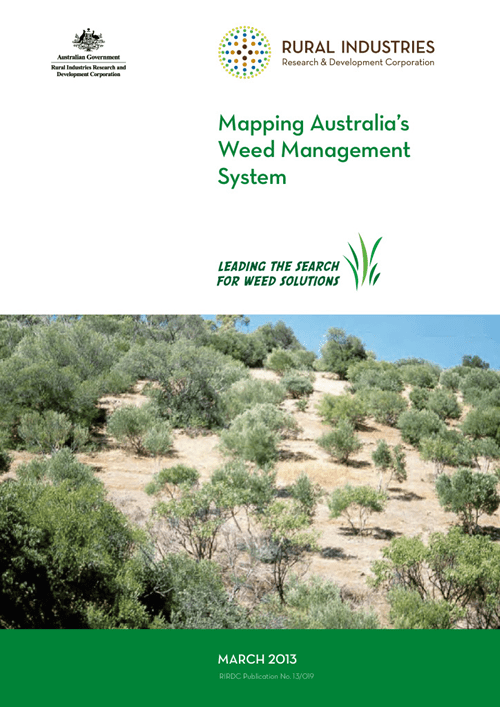Weeds are among the most serious threats to Australia’s natural environment and primary production industries. They displace native species, contribute significantly to land degradation, and reduce farm and forest productivity. Australians spend significant time and money each year combating weed problems and protecting ecosystems and primary production. From 1992 to 2010, there were 23 incursions of prohibited or regulated weeds detected in Australia. In 2011 alone, 11 new or potential weeds were officially recorded in various states.
Weeds need to be managed for economic, environmental and social reasons. In Australia, all levels of government have various roles to manage weeds on public and private lands. These roles are established by legislation. Industry and the community are also, importantly, involved in weed management by choice or legislation.
This study of the status of weed management in Australia aims to ensure that future investment in weed management is strategic, effective and economical. The report identifies key stakeholders’ involvement in weed management, their interactions, and the resources invested (particularly in 2010-11). It analyses future prospects and draws brief conclusions on what is working well and where Australia’s weed management system could be improved.





